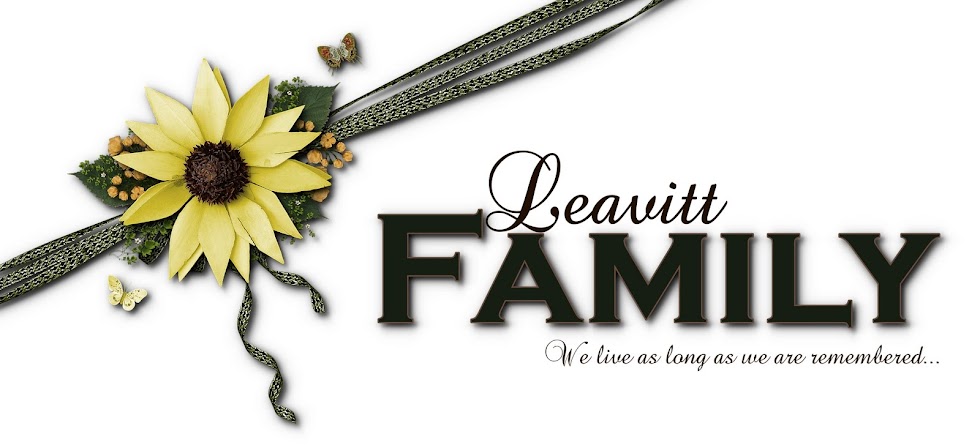As the Pioneers started their settlement in the valley they built forts to house and protect the people. The first fort known as the Old Fort was constructed mostly of adobe brick. The area where this fort was located is now Salt Lake City's Pioneer Park. Later forts were constructed of wood poles. A Pioneer Park brochure records that each small house in the fort had windows and doors facing inward and a loop hole in the rear to accommodate a rifle barrel looking out. Each house had a roof made of willow brush and dirt which sloped inward toward the center of the fort. This dirt and willow roof added to the misery of the inhabitants allowing water from the heavy winter snow to seep in, as well as attracting insects and mice. In the center of the fort was a Bowery, built of tall vertical poles and cross poles with a topping of brush, which served as the public gathering place. About 1,500 people spent that first year in the valley.
Phoebe's son, George, initially built a shelter in the Old Fort and lived there with his mother and sisters. That first winter in the valley was very difficult. A great deal of sickness and disease was prevalent. Phoebe went out nursing to help relieve the sickness and suffering of those in need. The next spring, Brigham Young encouraged young men in the community to return to Winter Quarters to help other pioneer companies make their trek to the Salt Lake valley. During the summers of 1848 and 1849, George went back to provide this help. During 1848, more than 2,200 new pioneer emigrants came into the city. As the forts became full, Brigham Young established a land office and people took lots out in the city.George secured a lot in the Third Ward. George's lot is shown as block 10 lot 6, on a Pioneer Map of Great Salt Lake City, prepared by Orson Pratt. George's lot is one of the eight lots in this block between Sixth and Seventh South between State and Second East. Utah Power & Light's 6th South Substation is now located on this lot. By the fall of 1849, he had built a house on this lot for his mother and sisters. Unfortunately, Phoebe was not able to enjoy this home very long. Her health finally failed from years of hardship and deprivation and she passed away. George indicates that her death occurred in the fall. Other histories indicate that she died in the spring. Church and cemetery records indicate that her death occurred on Apr 6, 1850. She would have been only 53 years old at the time of her death. Bishop Wiler and Owen Dewel preached at her funeral. Salt Lake City Cemetery records indicate that she was the 34th person to be buried in this cemetery.
Phoebe's life, struggles, and pioneering spirit are a tremendous heritage to her posterity. Her posterity call her blessed. They will always be proud of the courage, service, and dedication she gave to her family, to her church, and to her God. She truly is a pioneer mother of faith and fortitude. Weare, Abigail and Phoebe Cowles Leavitt, were wonderful parents. Their children and grand children's lives are a monument to their success as parents against the overwhelming challenges they had to endure.
By 1910, Weare's four generations of descendants numbered more than seven hundred. As we approach the year 2000, their 8th and 9th and perhaps 10th generations are being born. Conservative estimates of their descendants now number more than ten thousand. The Church of Jesus Christ of Latter-day Saints was organized in 1830 with six members. At the time of the Leavitt families initial conversion in the mid-1830s, the church's membership had grown to about thirteen thousand. When the pioneers entered the valley in 1847, the church's membership had increased to thirty-five thousand. Today the church has grown to international proportions with organized branches in more than one hundred and sixty countries; with growth in Church membership expected to exceed eleven million by the year 2000.
The descendants of Weare Leavitt can be justly proud of their heritage and the legacy of faith and courage displayed by their ancestors. President Ezra Taft Benson has said: "If we truly cherish the heritage we have received, we must maintain the same virtues and...character of our stalwart forebears -- faith in God, courage, industry, frugality, self reliance, and integrity! We have the obligation to maintain what those who pledged their lives, their fortunes, and their sacred honor gave to future generations." As recipients of this legacy and heritage it is our challenge and privilege to extend the faith of their legacy to the footsteps of our posterity!

No comments:
Post a Comment